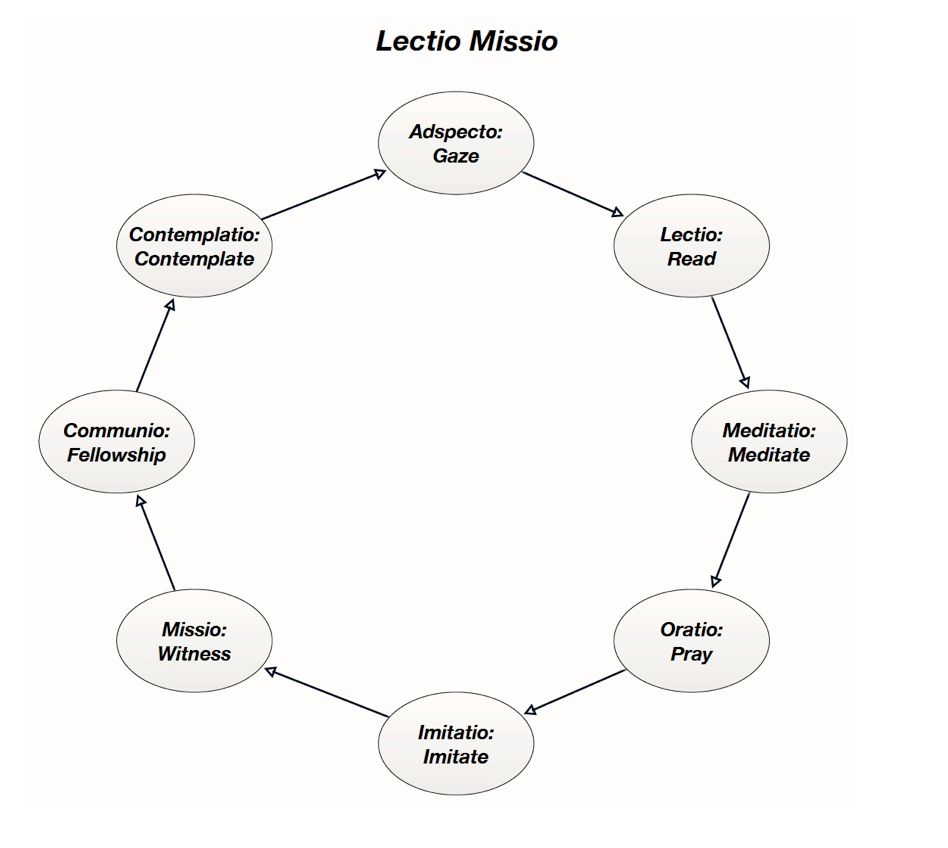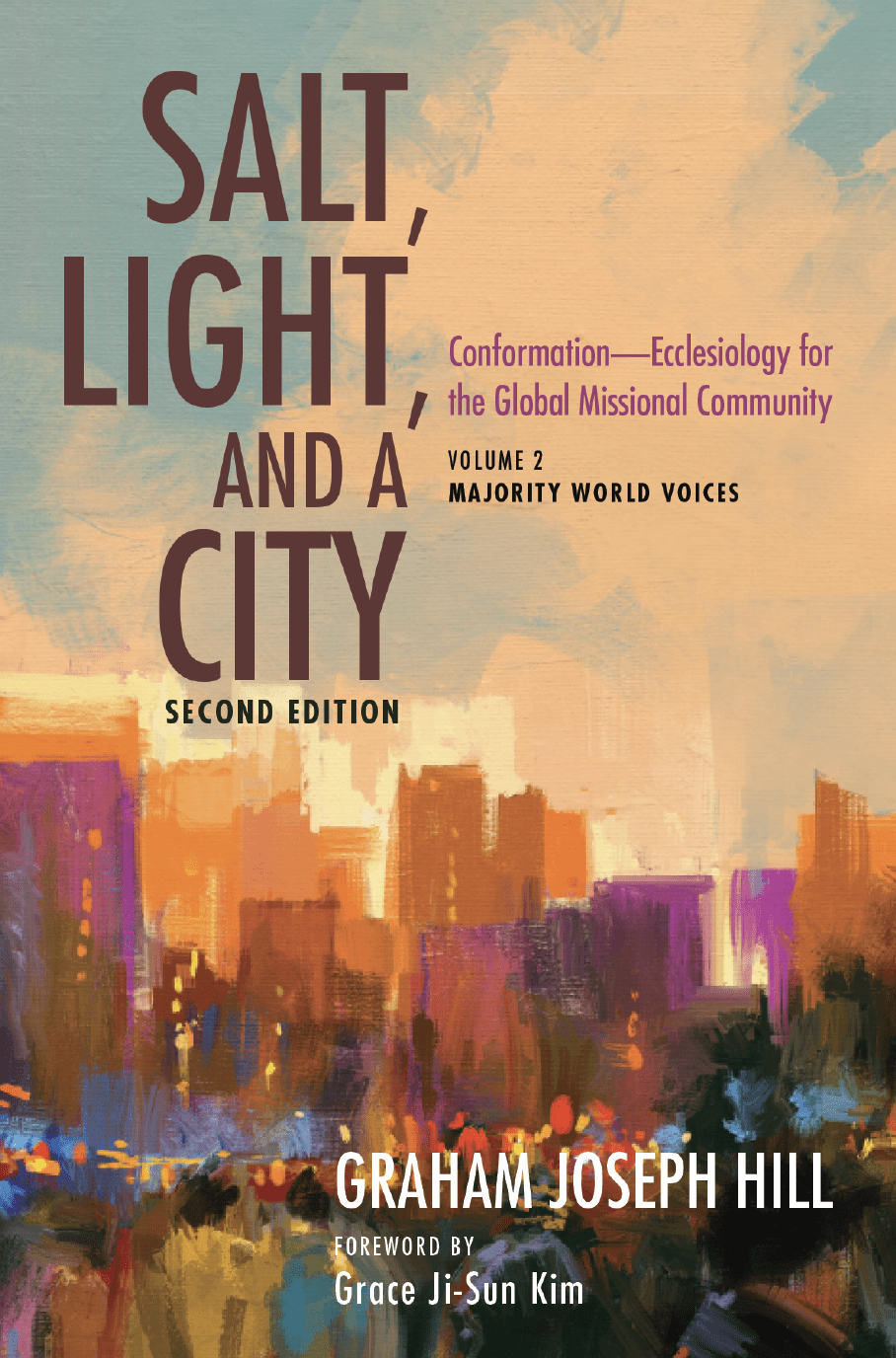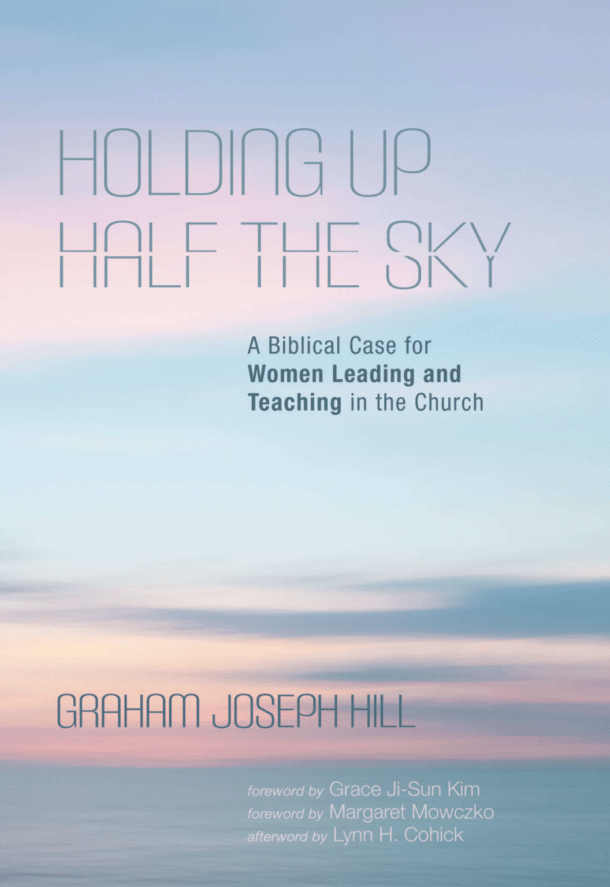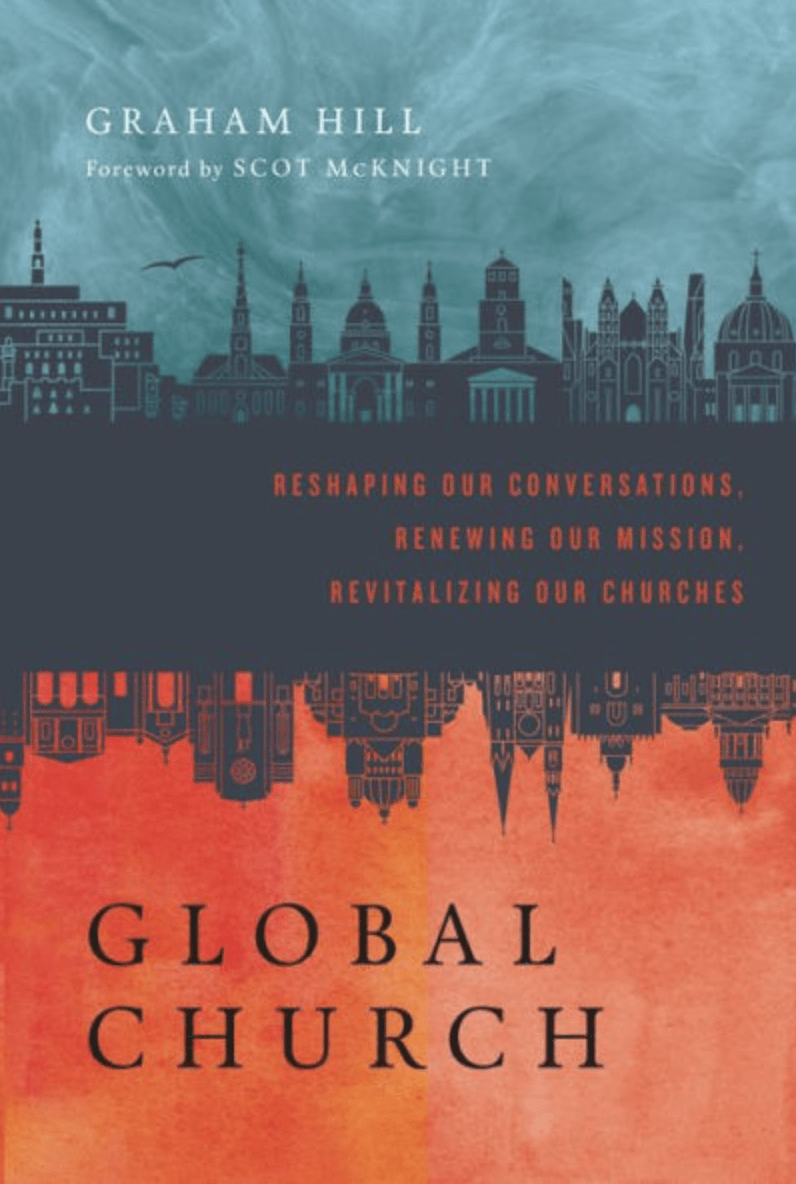How to read the Bible and hear God’s voice
In the mid 1990s I discovered the art of “spiritual reading” through the writing of Eugene Peterson.
Spiritual reading is sometimes called lectio divina. It is an ancient practice of reading and prayer. We can trace its roots back to Origen in the 3rd century. Spiritual reading is about reading Scripture, devotional works, and other spiritually edifying books, prayerfully. It’s reading slowly and with attention to the Spirit and voice of Jesus Christ. It’s not about gaining knowledge. It’s about reading for spiritual formation. It’s about listening reverently and lovingly and prayerfully and silently to Jesus’ voice. He is speaking to us through our reading. It’s about savoring Scripture and devotional reading. And it’s doing this for the sake of prayer, intimacy with God, and spiritual formation.
Spiritual reading has four movements or stages.
These four movements are:
- Reading the Bible passage slowly and prayerfully.
- Reflecting on the reading.
- Praying about the biblical passage you’re reading.
- Contemplating the meaning of the Bible reading for your life, and taking action.
I have enjoyed practicing this kind of spiritual reading for twenty years. But, I find it needs modification to stoke my passion for mission.
Lately, I’ve moved from spiritual reading (lectio divina) to a form of prayerful missional reading (lectio missio). I practice this in Christian community, and in my neighborhood.
Missional reading has eight movements or stages. These ignite spiritual and missional passion. They give you a fresh and powerful way to read the Bible. They empower you to engage in mission in your neighborhood. They they enable you to hear God’s voice.
These eight movements or stages are shown in the diagram below.
It’s a mistake to see these eight movements as discrete and separate stages. While they are a movement, they are also interlocking and overlapping. It’s more a dance than a linear progression. Don’t get caught up in rigidly following the steps. They’re a guide, but you should follow the leading of the Spirit, as he shapes you for discipleship and mission.
The eight movements aren’t just a dance, a movement in response to the leading of Jesus’ Spirit. They’re also a cycle. They begin with gazing on Jesus Christ, and they lead into another cycle as we gaze upon him. Here’s an image depicting the eight movements, and a description of each:
1. Focus and gaze on Jesus: Begin by gazing upon Jesus Christ (especially as revealed in the four Gospels). Read a gospel passage slowly and prayerfully and attentively. Adore Jesus. Worship him. Commit to serving him, and his mission and kingdom. Commit to imitating him—his life, ethics, holiness, compassion, justice, prayer, and so on. Gaze on his person, message, example, practices, life, death, resurrection, kingdom, mission, and gospel. See his mission as part of the missio Dei: the mission of the Father, Son, and Holy Spirit to redeem the world. His mission ushers in his rule and reign and kingdom. Meet Jesus. Love Jesus. Adore Jesus. Gaze upon him. And listen to his voice.
2. Read the Bible prayerfully, and in your neighborhood: Read Scripture and/or books prayerfully and slowly and attentively. Perhaps read a passage or page several times, waiting for a word, concept, or phrase to catch your attention. Savor the reading. Don’t be in a rush. It’s ok to try to understand a reading (and to ponder the meaning of a difficult text). But, more importantly, focus on spiritual growth and renewal. Be attentive to the Spirit and voice of Jesus Christ. Don’t just read Scripture and other texts individually and alone. Read prayerfully in community. And read prayerfully out in your neighborhood. In parks, cafes, and other public spaces, spend time reading Scripture and other books that nurture your spiritual life. Ask God to help you apply insights from these prayerful readings to the rhythms, texts, needs, hopes, and relationships in your neighborhood. Praying and reading Scripture in your neighborhood, while inviting the Spirit to open your eyes to what Jesus is doing in your neighborhood right now, will transform your praying and missional life.
3. Meditate on the reading, listening for God’s voice: Allow the Holy Spirit to reveal meaning, and transform your heart. Savor the impression, word, concept, or phrase that caught your attention as you read. How is God speaking to you? How does he want to transform you? How is he inviting you into his mission? Is he touching your thoughts, desires, passions, memories, hopes, fears, and experiences? Is he expanding your missional imagination? How is he trying to get your attention in this moment?
4. Enter a loving conversation with God: Respond to God in prayer. Enter loving conversation with him. Make this a dialogue, not a monologue. Verbalize and, if you desire, journal your prayers. Express your prayers through the spoken word, journaling, artistry, or any other way you want.
5. Imitate the life, passion, and prayer of Christ: As you engage fully in life, imitate Christ. Imitate his love, justice, grace, hope, faith, mercy, and so on. And imitate godly exemplars, especially as you’ve met them in your readings. Embody and live out the readings. Take your readings and prayers into your everyday life. This is more than action. It’s the imitation of Christ.
6. Join with Jesus in his mission: This prayer has mission at its core. Join with the Father and Son and Holy Spirit in the missio Dei. Seek first the kingdom of God and his righteousness. Express mission afresh. Respond in missional ways to your reading and prayer. Allow your prayerful reading of the Bible to shape your theology and practice of mission. Go individually. But, more importantly, go in community. Missio and communio are interdependent. Our mission is in communion with the triune God and his people. And mission makes our communion real and rich and dynamic.
7. Immerse yourself in community (your communities of family, church, and neighborhood): Don’t just read and pray individually—read and pray and learn and serve in community. This communion is with God and others and creation. The whole process of this prayer is communal and relational, not individualistic. You can practice parts of lectio missio But the whole process is only missional and transformational when you practice it in community. Together we announce and demonstrate and embody the kingdom of God. Together we join in the mission of God, as his Body. Together we join in the missio Dei, for the sake of the world, to the glory of God the Father.
8. Contemplate and rest in the loving presence of God: Rest in the presence of God. Be thankful. Contemplate discipleship. Contemplate new missional actions, habits, practices, commitments, and theology. Do this individually, and, preferably, with others. Respond. Embrace repentance and change and restored relationships. Pursue fresh commitments, new missional outlooks and practices, and so on. Contemplation must lead to gazing on Jesus Christ. So, this is not the end of a process, but the beginning of a new cycle of missional reading (lectio missio).
[bctt tweet=”Reading the Bible missionally can ignite your passion for Jesus & his mission.” username=”GrahamJGHill”]
Missional reading is a process, a cycle, and a dance, that will reactivate your missional vitality. When practiced together, it can also inspire your friends, family, team, and church to join in the mission of God.
Missional reading can ignite your spiritual and missional passion.
It gives you a fresh and powerful way to read the Bible, engage in mission in your neighborhood, and hear God’s voice.
(A fuller description of “missional reading” and its place in missional living can be found in my book here: Graham Hill, GlobalChurch, IVP Academic, 2016, pages 437–441).
Graham Hill
Dr Graham Hill is the Founding Director of The GlobalChurch Project – www.theglobalchurchproject.com. He’s the author of “GlobalChurch: Reshaping Our Conversations, Renewing Our Mission, Revitalizing Our Churches” (IVP, 2016), and 3 other books.
© 2016 All rights reserved.
Copying and republishing this article on other Web sites, or in any other place, without written permission is prohibited.
Want to get your hands on more, see our subscriptions
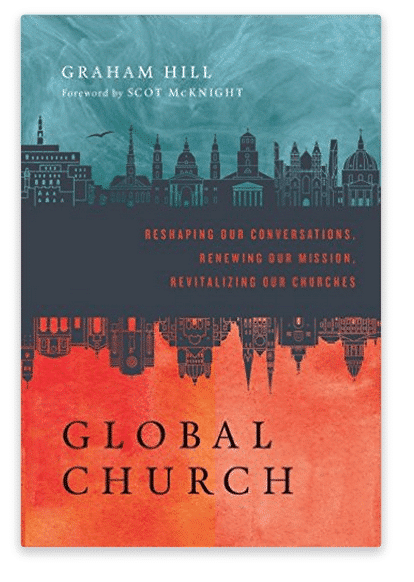
GlobalChurch Book & Study Guide
Don’t forget to buy Graham Hill’s book, “GlobalChurch.” It includes a comprehensive Study Guide for small group and classroom settings.
Comment Policy: Please stay positive with your comments. If your comment is rude, it gets deleted. If it is critical, please make it constructive. If you are constantly negative, aggressive, a troll, or a hater, you will get banned. The definition of terms is left solely up to us.
